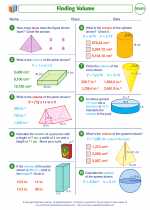Rounding
Rounding is a process of approximating a number to a certain place value. This is done to make numbers easier to work with and understand. Rounding can be used in everyday situations like estimating costs, measuring distances, or simplifying calculations.
Rules for Rounding:
- Identify the digit to be rounded: Determine the digit in the given number that corresponds to the desired place value. For example, if rounding to the nearest tens place, identify the digit in the ones place.
- Look at the next digit: Examine the digit to the right of the identified digit. If it is 5 or greater, round up. If it is less than 5, round down.
- Change the identified digit and replace the remaining digits with zero: If rounding up, add 1 to the identified digit and change all the digits to its right to zero. If rounding down, simply change all the digits to the right to zero.
Rounding to Different Place Values:
When rounding to different place values, the same rules apply but the specific digit being rounded changes.
- Rounding to the nearest tens: Look at the ones place.
- Rounding to the nearest hundreds: Look at the tens place.
- Rounding to the nearest thousands: Look at the hundreds place.
Examples:
Example 1: Rounding 356 to the nearest tens place.
Identify the digit in the ones place: 6
Look at the next digit (5): Since it is 5 or greater, round up.
Change the identified digit to 6 + 1 = 7, and replace the remaining digits with zero: 360
Example 2: Rounding 8497 to the nearest hundreds place.
Identify the digit in the tens place: 9
Look at the next digit (7): Since it is less than 5, round down.
Change the identified digit to 9, and replace the remaining digits with zero: 8400
Study Guide:
When rounding, it's important to pay attention to the digits and their place values. Practice rounding numbers to different place values to become comfortable with the process. Also, be aware of the context in which rounding is used - whether it's for estimation, simplification, or adhering to specific guidelines in a given problem.
Remember to always consider the next digit when deciding whether to round up or down. This will ensure that your rounded numbers are accurate and reflect the appropriate level of precision.
Additionally, practice applying rounding to real-world scenarios to reinforce the practical significance of this concept.
Now that you have a good understanding of rounding, try out some practice problems to solidify your knowledge!
.◂Math Worksheets and Study Guides Seventh Grade. Finding Volume
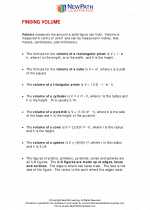
 Activity Lesson
Activity Lesson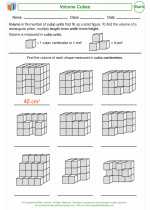
 Activity Lesson
Activity Lesson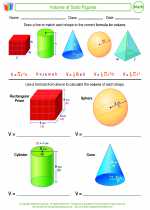
 Activity Lesson
Activity Lesson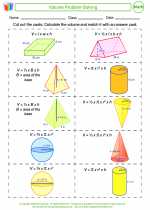
 Worksheet/Answer key
Worksheet/Answer key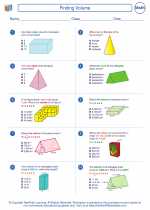
 Worksheet/Answer key
Worksheet/Answer key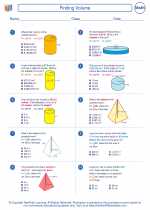
 Worksheet/Answer key
Worksheet/Answer key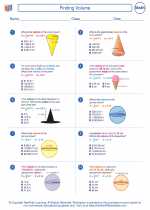
 Worksheet/Answer key
Worksheet/Answer key